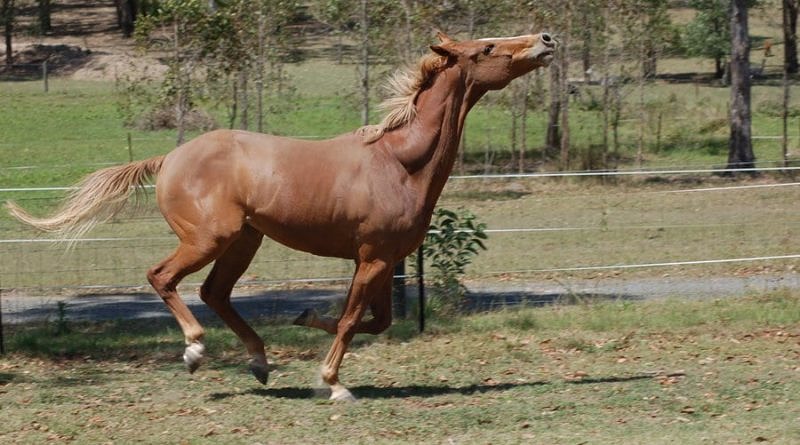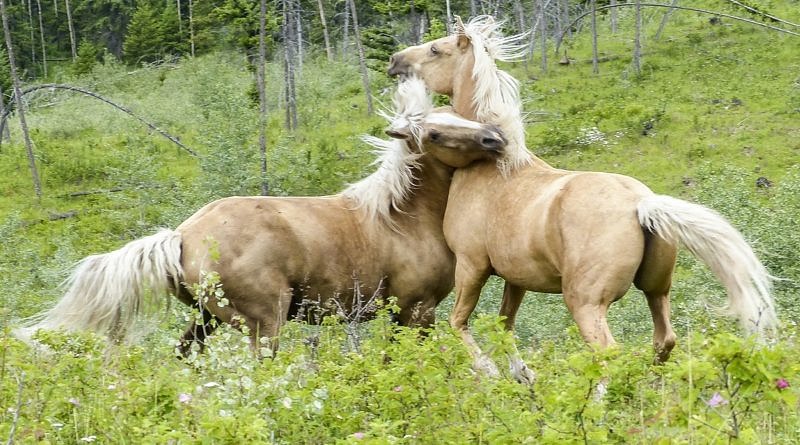Help! My horse thinks he’s a giraffe!
Does your horse go around looking like a giraffe wannabe? Do you struggle to get your horse ‘in an outline’? Find out what we can learn from zebras – and giraffes – to help tackle this very common problem.
By far the most common ridden ‘problem’ people have with their horses is getting them ‘in an outline’. This is a huge and controversial topic – even the term ‘in an outline’ is contentious! What I would like to address with this brief article is only one key component: relaxation. And specifically what we can learn about this from watching horses (and their close relatives) doing their own thing.
I suspect most of us have ridden horses that do giraffe impersonations… But why do they do this? Well let’s ask a giraffe what benefits having a long neck has!
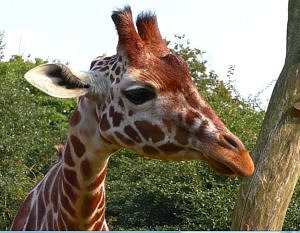
There are really two major benefits to a giraffe’s long neck. One is of course the ability to reach leaves high up on trees. The other is more relevant to our question: a long neck helps spot predators.
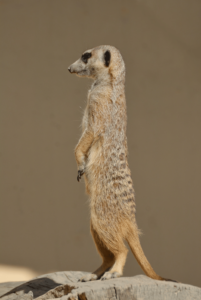
Many animals will try to increase their height to look out for predators. This is no coincidence. Doing so increases how far around them they can see so they can spot threats sooner.
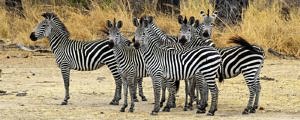
Horses and their wild relatives are no exception. When on high alert, tense zebras raise their heads, on the lookout for predators.
This reaction is instinctive and doesn’t have to be in response to a real predator. Any anxiety will result in tension and in this stance being adopted. If you have spent much time around nervous horses, you’ll have seen this response more than once. And one of the side-effects of this head/neck position is to cause the back to hollow.
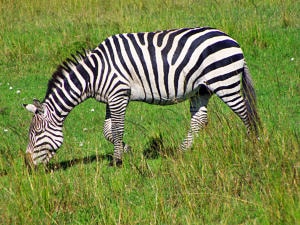
Now look at this relaxed zebra. This zebra is striding forward while grazing and reaching down for grass. The back is obviously rounded and the zebra’s stride is also really covering ground!
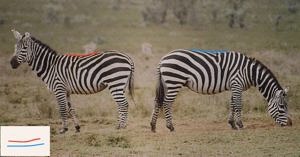
Even when zebras are not ‘on the alert’, they have a more hollow outline than a grazing zebra. This is because lowering the head to graze causes rounding over the back. Though this difference may seem subtle at first, it is an important one.

Of course for a true comparison, we’d want to look at the same individual in different positions. Thankfully, there is research on horses and the results are pretty clear: a high head carriage causes the spine to curve into a U-shape while a low head/neck carriage leads to a rounding of the back. Lowering of the head/neck thus results in larger intervertebral spaces, something which could guard against kissing spines and general back soreness. At the same time, when in motion a high head/neck or flexion behind the vertical impedes stride length.
So what does this mean for riders trying to get their horse into ‘an outline’? If we want to achieve a ‘true’ outline where the back is raised, we have to first of all work on having a relaxed horse under saddle. A tense horse will tend to raise their head high and hollow their back, which is not a good starting point. Once relaxed, a horse can be encouraged to reach down, allowing the back to round. Over time as the horse develops physically, the horse can also be asked to raise the head/neck higher while keeping the back rounded, obtaining a true ‘outline’.
If you are finding it difficult to see some of these differences, don’t worry! It takes some time to train your eye but that is where having a knowledgeable pair of eyes on the ground comes in! It’s not enough to just look at the position of a horse’s head to figure out if they are on the way to working ‘in an outline’ so you have to learn to look at the whole picture. In fact, simply forcing a horse’s head down can ultimately backfire.



